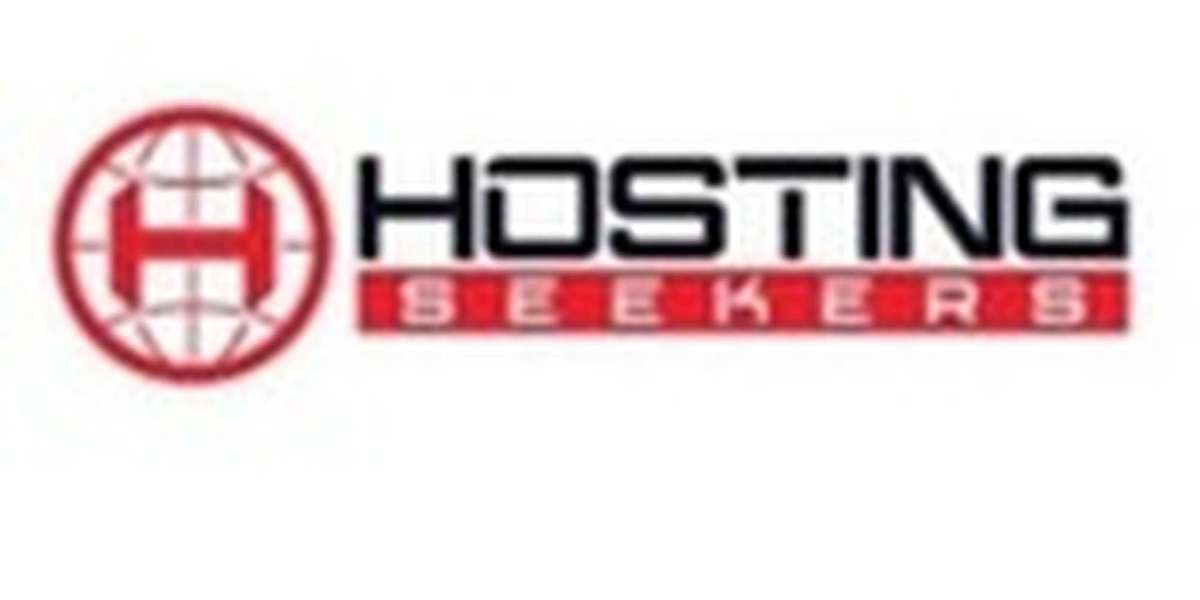cPanel is a powerful and user-friendly control panel for managing websites, but like any tool, it can occasionally run into issues. Here’s a guide to help you troubleshoot and resolve some of the most common cPanel problems quickly and efficiently.
1. Login Issues
Problem: Unable to access your cPanel account. Cause: Incorrect login credentials, expired passwords, or IP blocks. Solution:
Double-check your username and password.
Reset your password using the “Forgot Password” option if available. Also check out the best game hosting companies
Contact your hosting provider if your IP is blocked. Many providers allow you to whitelist your IP via their support portal.
2. Website Not Loading After Changes
Problem: Your website is down or shows an error after making updates in cPanel. Cause: Misconfigured DNS settings, file permission issues, or a corrupted .htaccess file. Solution:
Verify your DNS settings under the Zone Editor in cPanel.
Check file permissions using the File Manager; ensure directories are set to 755 and files to 644.
Rename the
.htaccessfile and test your site. If it works, regenerate the file.
3. Email Not Working
Problem: Unable to send or receive emails. Cause: Misconfigured email settings or blocked ports. Solution:
Ensure email accounts are set up correctly under Email Accounts in cPanel.
Use the correct SMTP, IMAP, or POP3 server settings provided by your hosting provider.
If using a third-party email client, confirm ports 25, 465, or 587 are open for SMTP.
4. Disk Space Issues
Problem: Low disk space warnings or inability to upload files. Cause: Large files, email attachments, or unnecessary backups. Solution:
Navigate to Disk Usage in cPanel to identify and delete large or unnecessary files.
Clear old email attachments or archive emails locally.
Remove outdated backups under the Backup section.
5. Database Errors
Problem: Website displays database connection errors. Cause: Incorrect database credentials, corrupted database, or exceeded database limits. Solution:
Verify database credentials in your website’s configuration file (e.g.,
wp-config.phpfor WordPress).Use phpMyAdmin to repair the database.
Check your hosting plan’s database size limits and upgrade if necessary.
6. cPanel Loading Slowly
Problem: cPanel interface is sluggish or unresponsive. Cause: High server load or browser cache issues. Solution:
Clear your browser cache and cookies.
Use the CPU and Concurrent Connection Usage tool in cPanel to monitor server resource usage. Also check out XeroHosts reviews
Contact your hosting provider if resource usage is consistently high.
7. SSL Certificate Errors
Problem: “Your connection is not secure” error on your website. Cause: Missing or expired SSL certificate. Solution:
Navigate to the SSL/TLS section in cPanel to install or renew your SSL certificate.
Use AutoSSL for free certificates provided by your hosting provider.
Check if the domain resolves to the correct IP (non-secure versions like
http://vs.https://).
8. Backup Restore Problems
Problem: Unable to restore a backup or missing files after restoration. Cause: Corrupt or incomplete backup files. Solution:
Ensure you’re using a complete backup file generated from cPanel.
Use the Backup Wizard for guided restoration.
Contact support if your backup is corrupted or incomplete.
9. File Upload Limit Exceeded
Problem: Unable to upload large files via File Manager or scripts. Cause: File size limit in PHP settings. Solution:
Navigate to MultiPHP INI Editor in cPanel and increase the
upload_max_filesizeandpost_max_sizevalues.Adjust script-specific limits if applicable (e.g., WordPress). Also, check dedicated server hosting providers
10. Error Logs Not Showing Relevant Data
Problem: Error logs don’t provide sufficient details to troubleshoot. Cause: Logging not enabled or misconfigured. Solution:
Ensure error reporting is enabled in your application (e.g., PHP settings).
Access Raw Access Logs or Errors in cPanel for more comprehensive information.
Pro Tips for Troubleshooting
Keep Software Updated: Always update CMS, plugins, and themes to avoid compatibility issues.
Take Backups Regularly: Use cPanel’s Backup Wizard to safeguard your data before making significant changes.
Contact Support When Needed: Don’t hesitate to reach out to your hosting provider if an issue seems beyond your control.
By systematically addressing these common issues, you can minimize downtime and ensure your website remains functional and secure.




